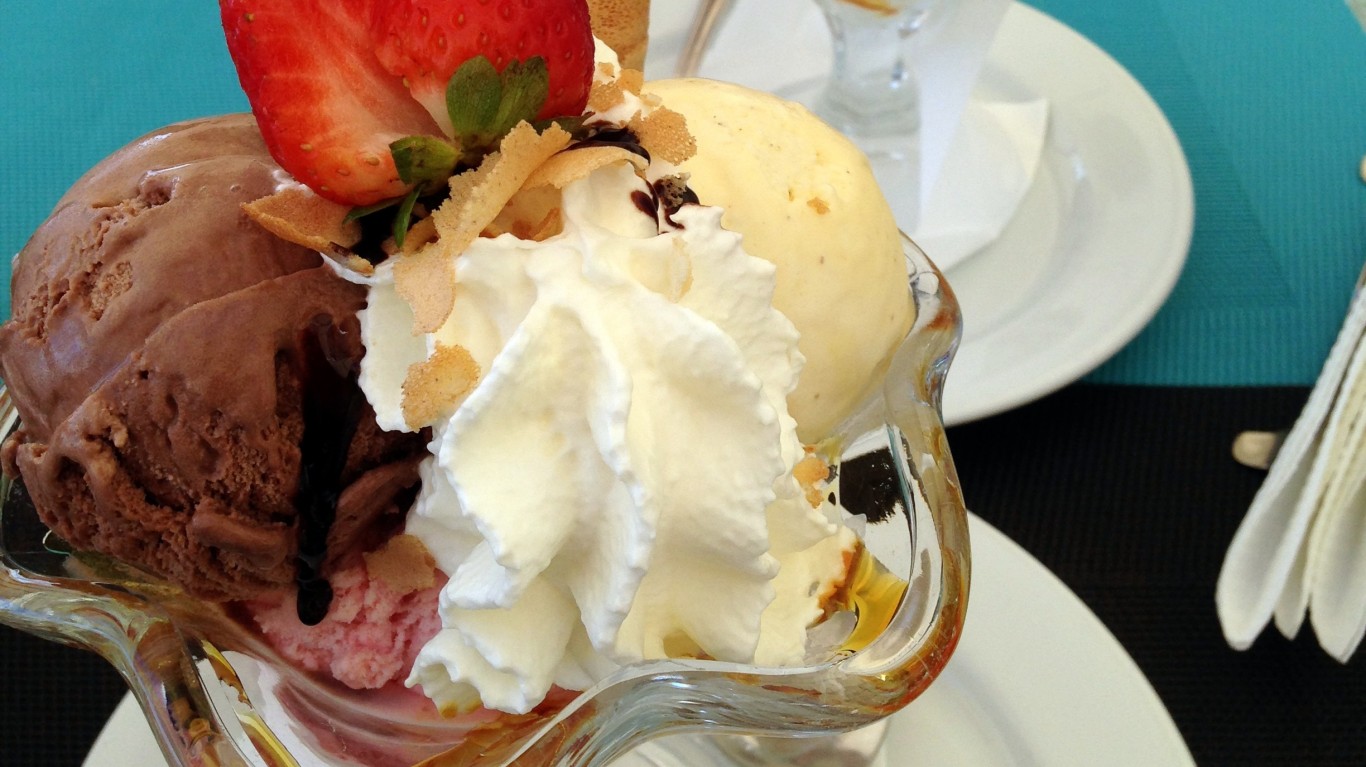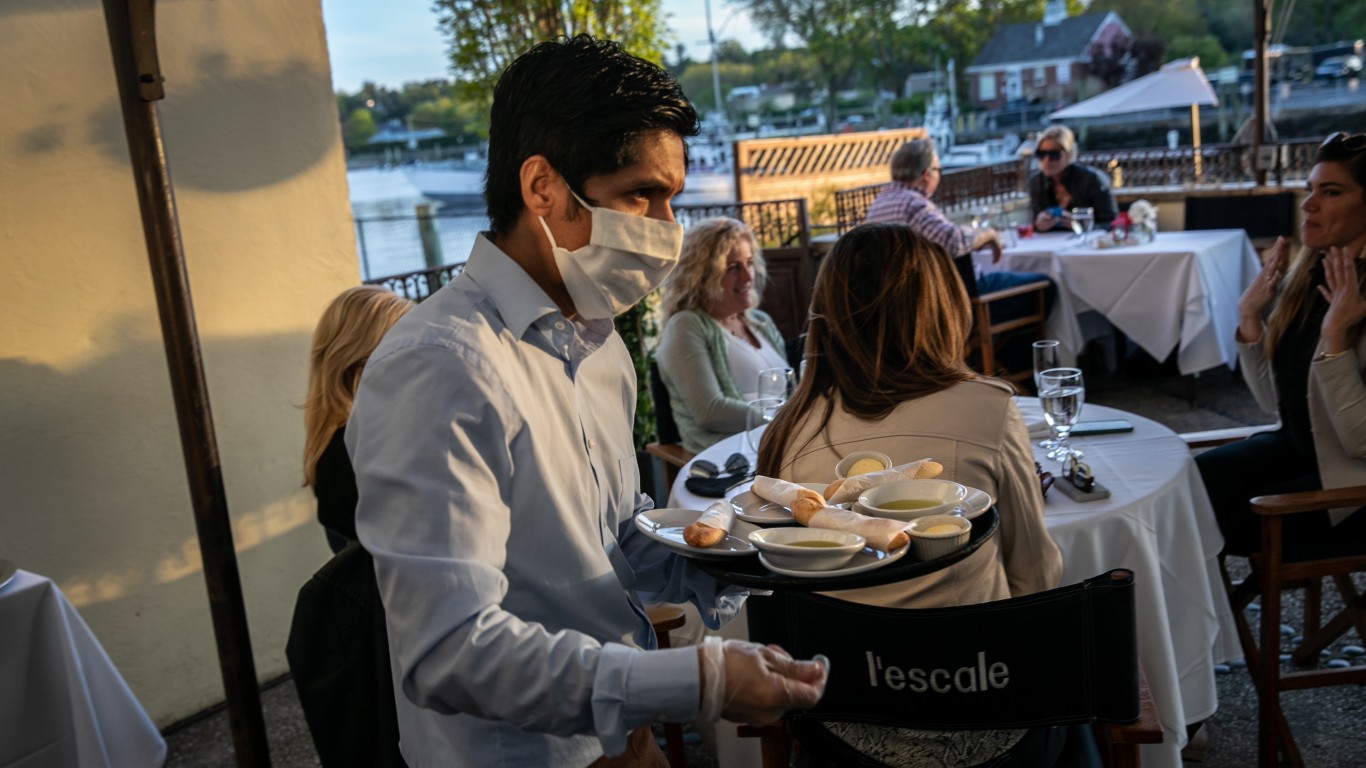
The coronavirus pandemic has significantly damaged the food industry in the U.S. About nine months after being forced to shut down and hundreds of iconic establishments closing for good, restaurants are open for business, though with restrictions.
People patronize these places for a variety of reasons, of course. It might be a matter of convenience and/or price. On the other hand, some restaurants draw customers because they’re “hot” or trendy, or, naturally enough, because they have earned a reputation for good food, whether they’re a hamburger stand or a shrine of gastronomy (like one of the best restaurants in America.)
Food is hardly the only aspect of the restaurant experience. Ambiance and service count, and for many patrons, an attractive cocktail and/or wine and beer program is a plus. And of course there’s simply the opportunity restaurants afford for pleasant social interaction, out in public, both with friends and family and with the (theoretically) amiable strangers around us.
Still, it does all come back to food. In general, we tend to assume that anything on the menu at any good restaurant, however simple or fancy the place might be, is worth ordering. That’s not necessarily true, however.
Click here to see things you should probably never order at a restaurant.
Sometimes a lack of certain facilities can be a warning sign (if you order barbecue in a place without a smoker, you’re not getting the real thing). Other times it just doesn’t make economic sense to pay inflated prices at a restaurant for something you can have just as easily at home for a lot less.
A more serious issue is the fact that certain items at restaurants — anything from beverage ice to bean sprouts — can be health hazards because of possible bacterial contamination. The Centers for Disease Control and Prevention issues detailed guidelines for safe practices by food service workers, though it’s hard to believe that these are always scrupulously followed.
The recommendations given here aren’t necessarily hard and fast. There are always exceptions, and some of the cases cited might no longer be applicable as the very nature of the restaurant business continues to evolve. What does that mean? These are 21 ways restaurants are going to change.
For now, though, these are good general hints for a satisfying (and not needlessly pricey) restaurant experience.
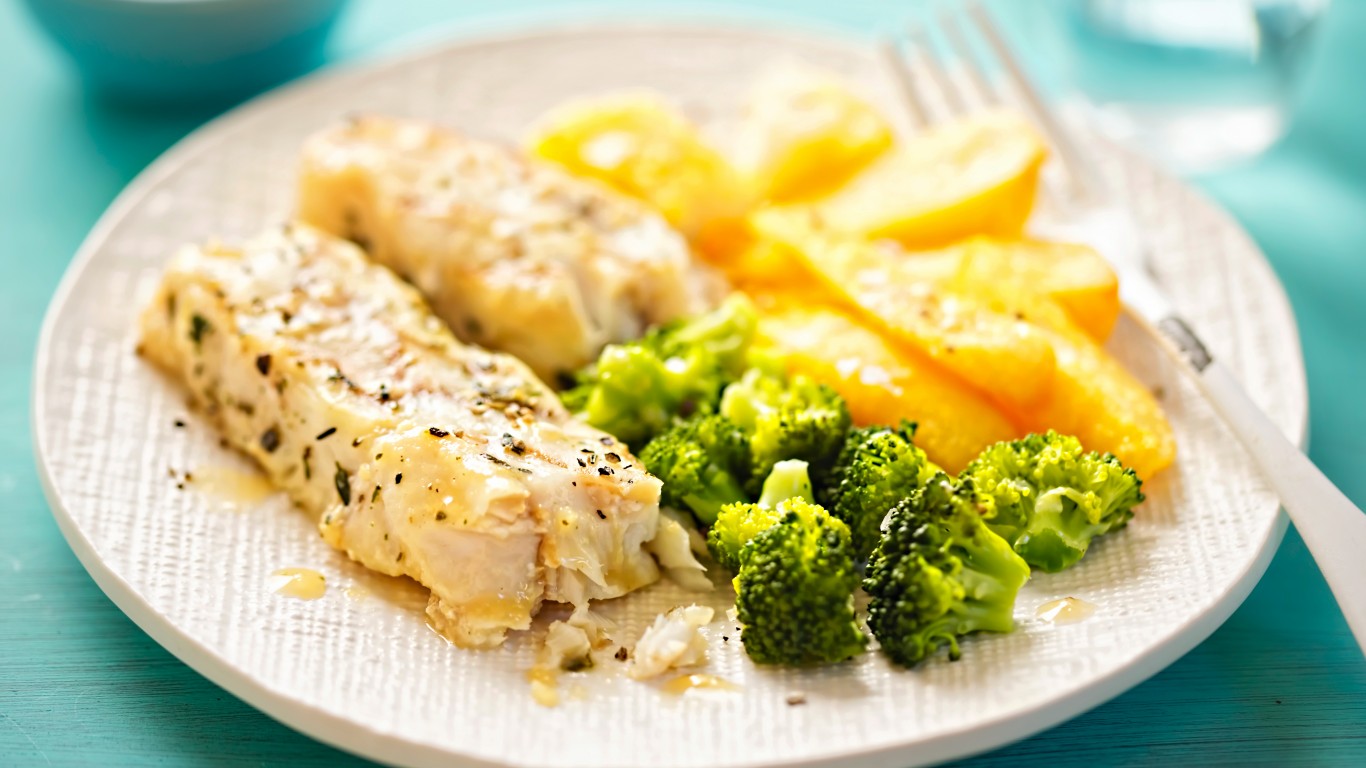
1. Fish on a Sunday or Monday
With rare exceptions, fresh fish doesn’t get delivered on Friday afternoons or Saturdays, so on Sundays and Mondays, you’ll be getting fish that have been sitting around for a few days, losing flavor and texture all the while. A counterintuitive exception to this is sushi and other raw fish preparations: The Food and Drug Administration requires that any wild-caught fish served raw — except varieties of tuna — be frozen before serving, to kill parasites. Assuming that it’s frozen correctly, such fish will still be “fresh” when it’s thawed, even on a Sunday or Monday.
[in-text-ad]
2. Fish that’s high in mercury
Speaking of tuna, it’s a class of fish that contains levels of mercury in concentrations rated high (albacore and yellowfin) or very high (bigeye and ahi). That doesn’t mean we can’t order it once in a while; no more than three times a month is recommended for albacore or yellowfin. As for bigeye and ahi, the Natural Resources Defense Council (NRDC) recommends avoiding them entirely, at home and in restaurants alike. Other fish contaminated with mercury and best left out of our diet, it says, are bluefish, grouper, king mackerel, marlin, orange roughy, shark, and swordfish.
3. Fish on the “avoid” list
There may be a lot of fish in the sea, but the supply isn’t infinite and as more and more people consume seafood, many species are becoming endangered. The Monterey Bay Aquarium’s Seafood Watch program publishes a constantly updated list of good choices as well as those items that should be avoided. This is because “they’re overfished, lack strong management or are caught or farmed in ways that harm other marine life or the environment.” The complete list is available at www.seafoodwatch.com. Among the species that should be avoided are basa or swai, wild Atlantic halibut, orange roughy, shark, bluefin tuna, and Chinese tilapia.
4. Lobster bisque in a place that doesn’t serve lobster
This rich, elegant soup is flavored not only with lobster but with lobster shells. If there’s no lobster on the menu, that means the place won’t have shells to use, so chances are that the bisque comes out of a can or in a frozen block. Lobster bisque is usually pricey, and the least you can expect when you order it is a correctly prepared house-made version.
[in-text-ad-2]
5. Oysters in a place that doesn’t serve a lot of them
Some sources will flat out tell you never to eat raw oysters. Indeed, these tasty bivalves can be infected with various viruses and bacteria — norovirus, salmonella, hepatitis A, and others. Restaurants that specialize in oysters can usually be counted on to buy only the best and freshest examples, and to be well versed in handling them. There will always be some risk, even at places like that. As with any infection, the very young, the elderly, the pregnant, and the immune-compromised are most at risk. But you’re much more likely to encounter problematic oysters at places where they’re not a specialty. If they’re not handled properly or they sit around too long because the restaurant doesn’t sell a lot of them, the chances of infection grow, because bacteria multiply quickly.
6. Escolar
Sometimes sold as “white tuna,” especially in sushi bars — but also found on menus under its own name — escolar is a rich, flavorful fish. Unfortunately, its richness derives from its high oil content, and that oil is a toxic wax ester that isn’t digestible by humans. Eating more than a few bites of the fish can induce keriorrhea, a waxy, orange-colored rectal discharge.
[in-text-ad]
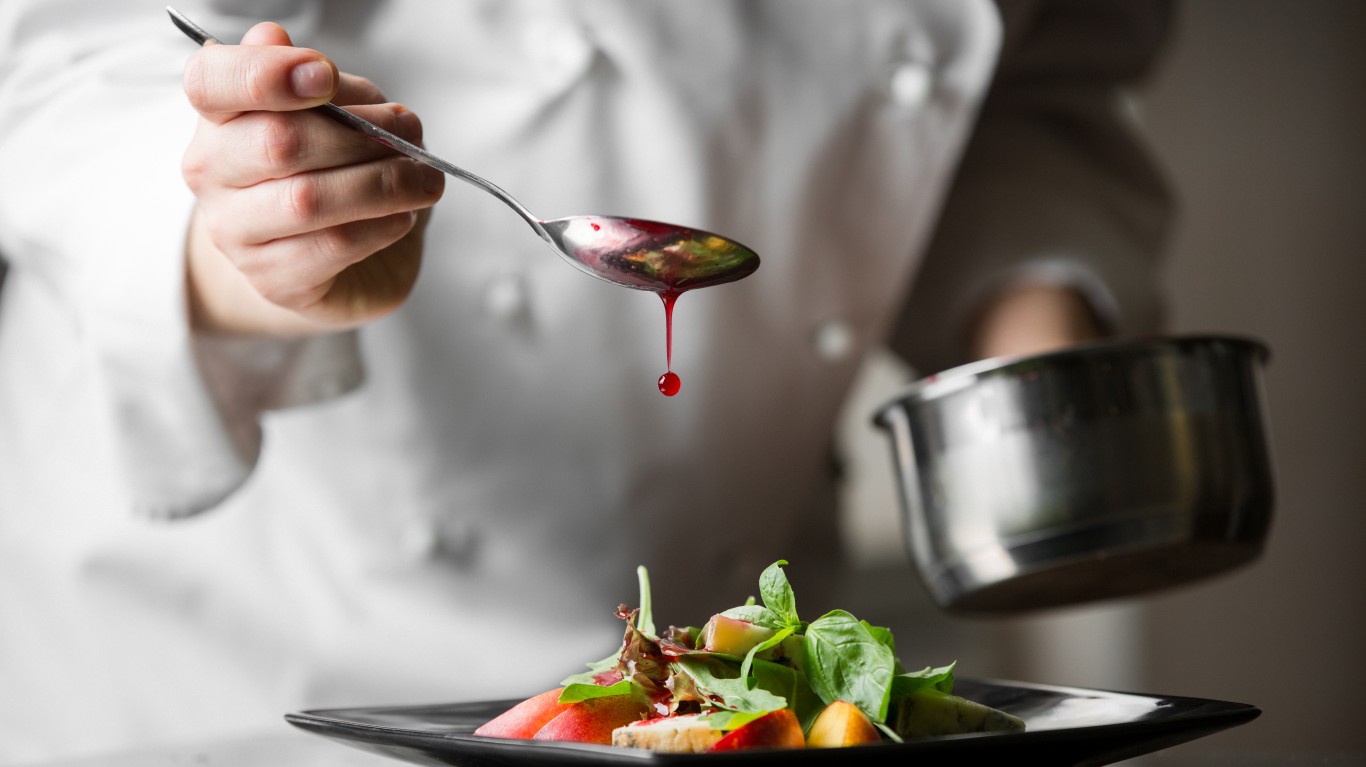
7. Any dish involving ‘the chef’s whim’
This phrase is usually just menu-writer’s nonsense, but it suggests a chancy culinary experience. Contrary to the impression given by some cooking competition shows, a successful chef is a good planner, organized and logical in conceiving a dish, sourcing its ingredients, and refining its preparation. Spontaneous improvisation might be OK on TV, but the results aren’t likely to play well at the table.
8. Pizza in a restaurant without a pizza oven
Whether it’s wood-burning, coal-fired, or gas, a high-temperature pizza oven, preferably made of brick, is the only kitchen appliance that can produce a perfect crust, crisp but moist. Pizza-makers in Naples, where pizza was invented, typically cook their pies at 700 degrees F — and some pizza specialists raise the temperature to 800 (there’s even an American chain called 800 Degrees). Sure, you can make pizza in a regular oven, even at home, but it’s best to hold out for the real thing — especially if pizza is only an occasional treat for you.
9. Barbecue in a place without a smoker
The genre of food called barbecue — not to be confused with backyard grilling — requires long, slow smoking, usually over indirect heat. You should be able to smell the woodsmoke when you approach a barbecue joint — and if you order barbecue at a place without a smoker, you’re almost certainly getting something out of a commercial food service package. Why bother?
[in-text-ad-2]
10. Traditional Caesar salad
Caesar salad is one of the great food inventions of the 20th century, even if it has been endlessly adapted, altered, and sometimes demeaned. In its classic form, it’s a dish of romaine lettuce leaves and croutons in a dressing involving olive oil, lemon or lime juice, Worcestershire sauce, and grated parmesan cheese (anchovies are a later addition) — stirred into an emulsion with the help of coddled eggs. A coddled egg is one that has been briefly covered in boiling water, usually for just one minute. It is virtually raw, in other words. A Caesar made this way is delicious — but if you have the slightest concerns about salmonella or other health issues, avoid this version the salad (which, anyway, is becoming increasingly hard to find these days).
11. Anything with white truffle oil
White truffles are one of the world’s great gastronomic treats — extremely pungent and full of earthy flavor. They’re also incredibly expensive, and at some point somebody figured out how to lend truffle flavor to food without the truffles themselves. That involved macerating truffle trimmings in olive oil to produce a full-flavored condiment. Unfortunately, while the real thing still exists, most commercial truffle oil today is flavored not with that pricey tuber but with aromatic compounds like sulfurous 2,4-dithiapentane, meant to imitate truffle character. The result mimics only one aspect of truffles, and ends being bland and unidimensional, and can leave an unpleasant taste in your mouth.
[in-text-ad]
12. Well-done steak
Chefs hate to serve steak well done, because they know that overcooking robs it of its juices and much of its flavor, and toughens it in the bargain. Some restaurants even include a disclaimer on their menus, reading something like “We are not responsible for steaks ordered well-done.” Some kitchens save inferior cuts of meat for their well-done customers, and it’s likely that even if the meat is good, the chefs won’t worry too much about getting the cooking right. In its menu graphic showing different doneness levels, one restaurant, 3rd Street Tavern in St. Peter, Minnesota, crosses out the definition of “well done” and adds a note that says “Order chicken.”
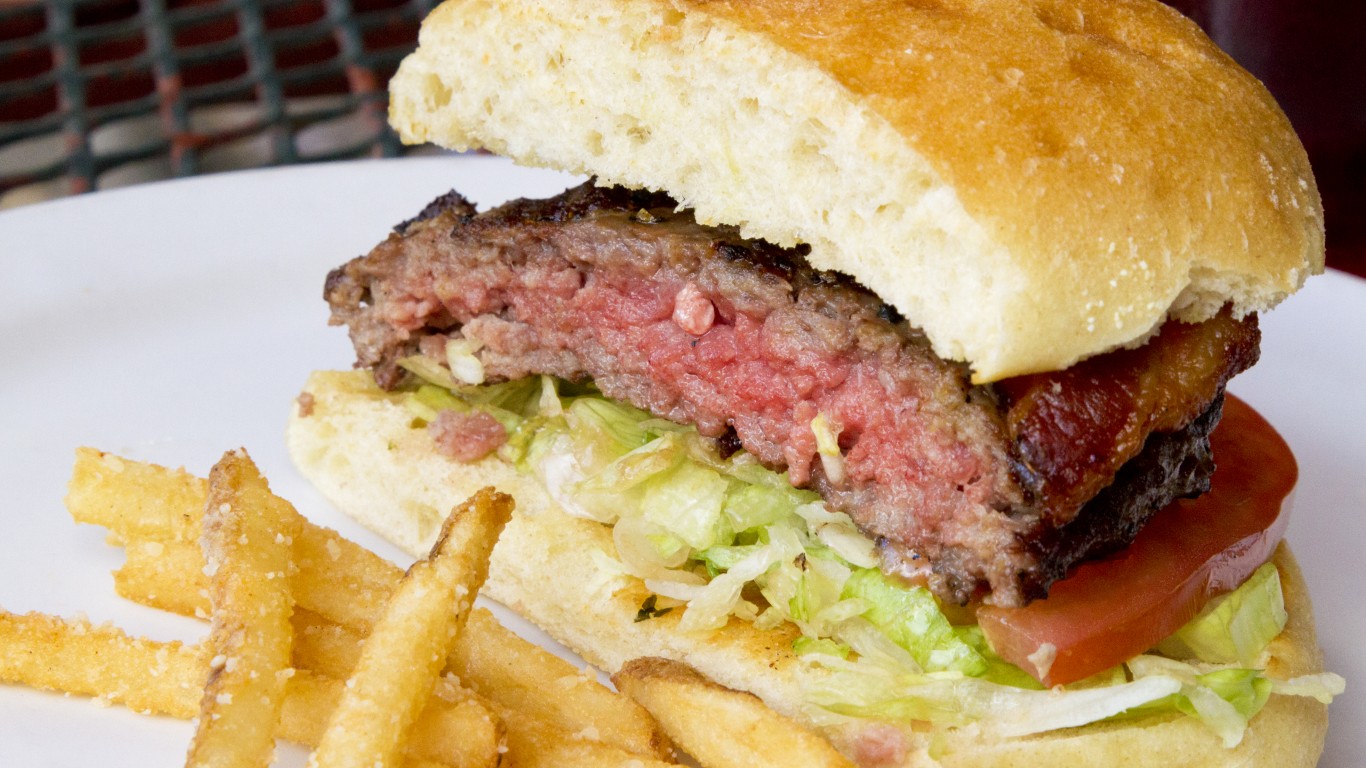
13. A rare hamburger
While a good steak is best eaten rare or medium-rare, burgers should be cooked more thoroughly. Meat is often tainted with E. coli, salmonella, and/or other bacteria. The high heat applied to a steak to sear it kills the bacteria on its surface. With a burger, however, the bacteria can get mixed into the ground meat, and may linger there unless the interior temperature reaches 160 degrees F — which means pretty close to well-done.
14. Lettuce and tomato on your burger
This caveat might not apply in a very good restaurant that takes its burgers seriously, but all too often, even on an otherwise good burger, the lettuce set aside for garnishing will be limp and the tomato slice will be mealy (and usually out of season). As Madeleine Davies wrote recently for “Eater,” if you ask for lettuce and tomatoes on your burger, “At least seven out of 10 times, I can guarantee you that the produce you’re getting will not elevate the culinary experience…”
[in-text-ad-2]
15. Sandwiches or salads with sprouts
Sprouts — alfalfa, bean, pea, or anything else — are germinated seeds. They are known to have many nutritional benefits and may improve digestion and heart health. However, they can also be hotbeds of harmful bacteria like E. coli and salmonella, because sprouts are grown commercially in warm, humid environments, which bacteria love. Eat sprouts at home, where you can be sure they’re not slimy and don’t have an off smell, and can ensure that they’ve been properly refrigerated (which will inhibit bacterial growth). You don’t know much about their condition when you order them at a restaurant, so they’re best to avoid.
16. The house salad
As with sprouts, salad greens are prone to bacterial contamination. (Most recently, in early December, the Centers for Disease Control and Prevention confirmed 138 cases of E. coli in 25 states traced to California-grown romaine lettuce.) If you eat salad at home, you can wash the greens thoroughly yourself, but you don’t know how they’ve been handled when you’re out. Another reason not to order a simple salad in a restaurant: You’d likely be paying many times the cost of the ingredients for something you could make just as well (and more safely) at home.
[in-text-ad]
17. Drinks garnished with citrus fruit
Slices or wedges of lemon, lime, or orange add flavor and color to cocktails and even to plain water. Unfortunately, the cut fruit is handled by bartenders and kitchen workers who may or may not wash their hands frequently or be wearing gloves, and the fruit often carries bacteria. A 2007 study published in the Journal of Environmental Health found that almost 70% of lemon slices that had been placed on the rims of beverage glasses in 21 different restaurants showed microbial growth. When you’re ordering that drink, just say “No fruit, please.”

18. Tap water
The tap water served in most locations is probably perfectly safe, though it may have an unpleasant chlorine character or other off flavors and aromas. And sometimes it’s not all that safe after all, especially in rural areas: There are water systems in every state that violate the Environmental Protection Agency’s Safe Drinking Water Act. Another possible problem is that, although it’s a violation of health codes, restaurant workers typically use their bare hands to move ice from the ice machine to glasses, possibly transferring bacteria at the same time. Bottled water that’s already chilled, so it doesn’t need ice, is safer — but raises its own environmental issues. The ideal solution, embraced by a growing number of restaurants, is serving carafes of (chilled) filtered or purified tap water — much safer than what comes straight out of the faucet.

19. More than two glasses of wine by the glass
This is simply a matter of economics. The standard restaurant pour for wine by the glass is about five ounces. A 750 ml bottle of wine contains just over 25 ounces. A typical wine list in an upscale but not super-luxurious restaurant might charge $15 for a glass of good chardonnay or $52 for a bottle of the same. If you’re only having two glasses, fine. If you’re ordering three, you’re paying $45 for three-fifths of the bottle when you could get the whole thing for $7 more. If you and your companion order two glasses each, it’ll cost you $8 more than the bottle price, and buying the bottle would give you one more glass to share. To look at it another way, ordering that chardonnay by the glass will cost you $3 an ounce. The price by the bottle is about $2.
[in-text-ad-2]
20. Ice cream (unless it’s made in-house)
This is another economic issue. Restaurants typically charge the same for a scoop of ice cream that you’d pay at the store for a pint or even a quart — and in many cases it’s exactly the same product. Ice cream made in-house can be delicious, and well worth the money, but why pay multiples of the going rate for something you can dish up for yourself when you get home?
100 Million Americans Are Missing This Crucial Retirement Tool
The thought of burdening your family with a financial disaster is most Americans’ nightmare. However, recent studies show that over 100 million Americans still don’t have proper life insurance in the event they pass away.
Life insurance can bring peace of mind – ensuring your loved ones are safeguarded against unforeseen expenses and debts. With premiums often lower than expected and a variety of plans tailored to different life stages and health conditions, securing a policy is more accessible than ever.
A quick, no-obligation quote can provide valuable insight into what’s available and what might best suit your family’s needs. Life insurance is a simple step you can take today to help secure peace of mind for your loved ones tomorrow.
Click here to learn how to get a quote in just a few minutes.
Thank you for reading! Have some feedback for us?
Contact the 24/7 Wall St. editorial team.
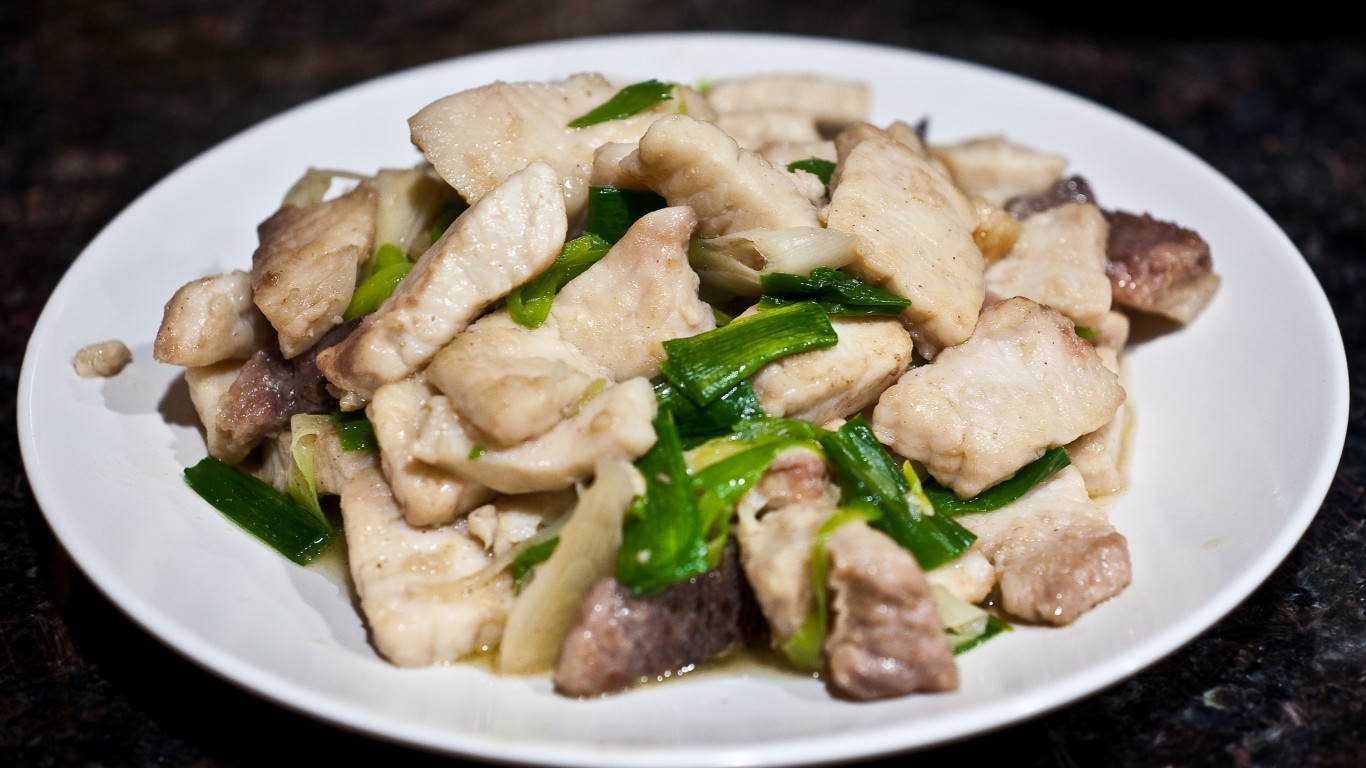
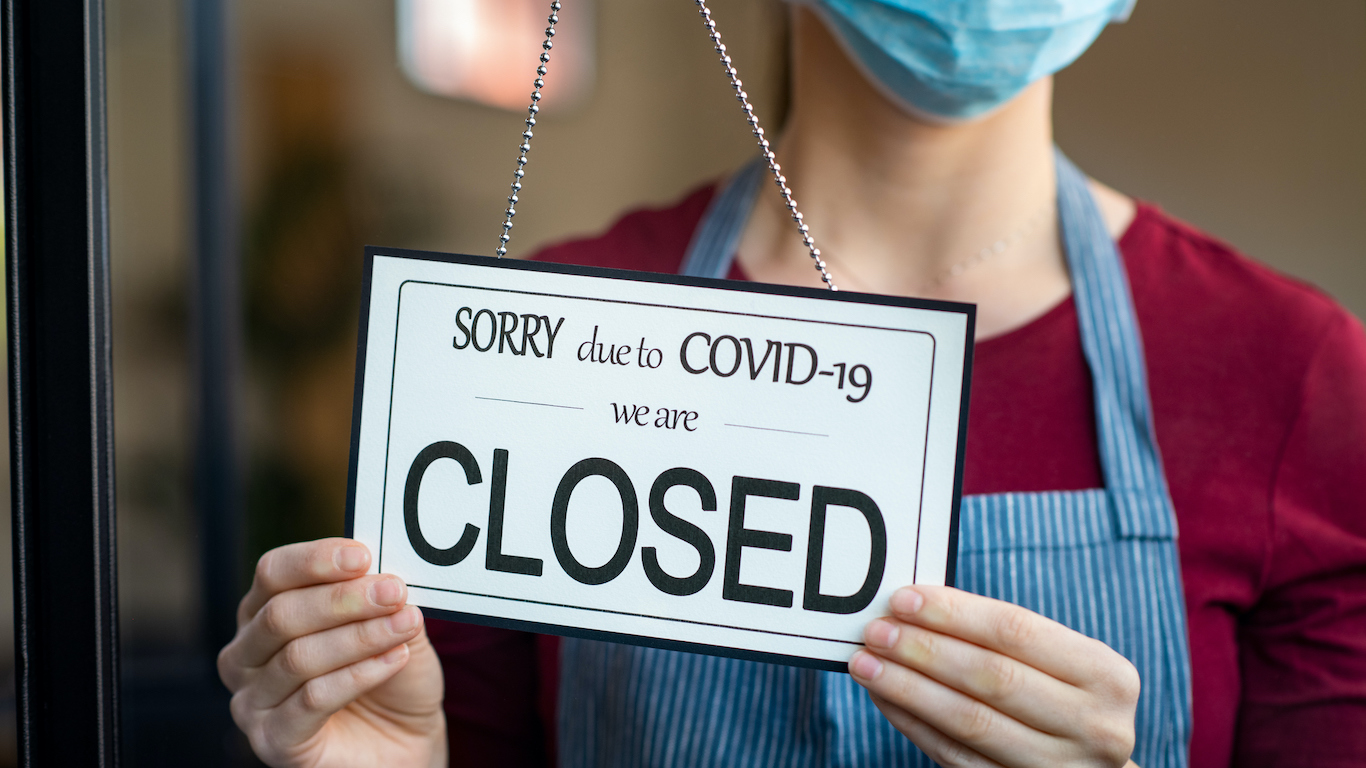 24/7 Wall St.
24/7 Wall St.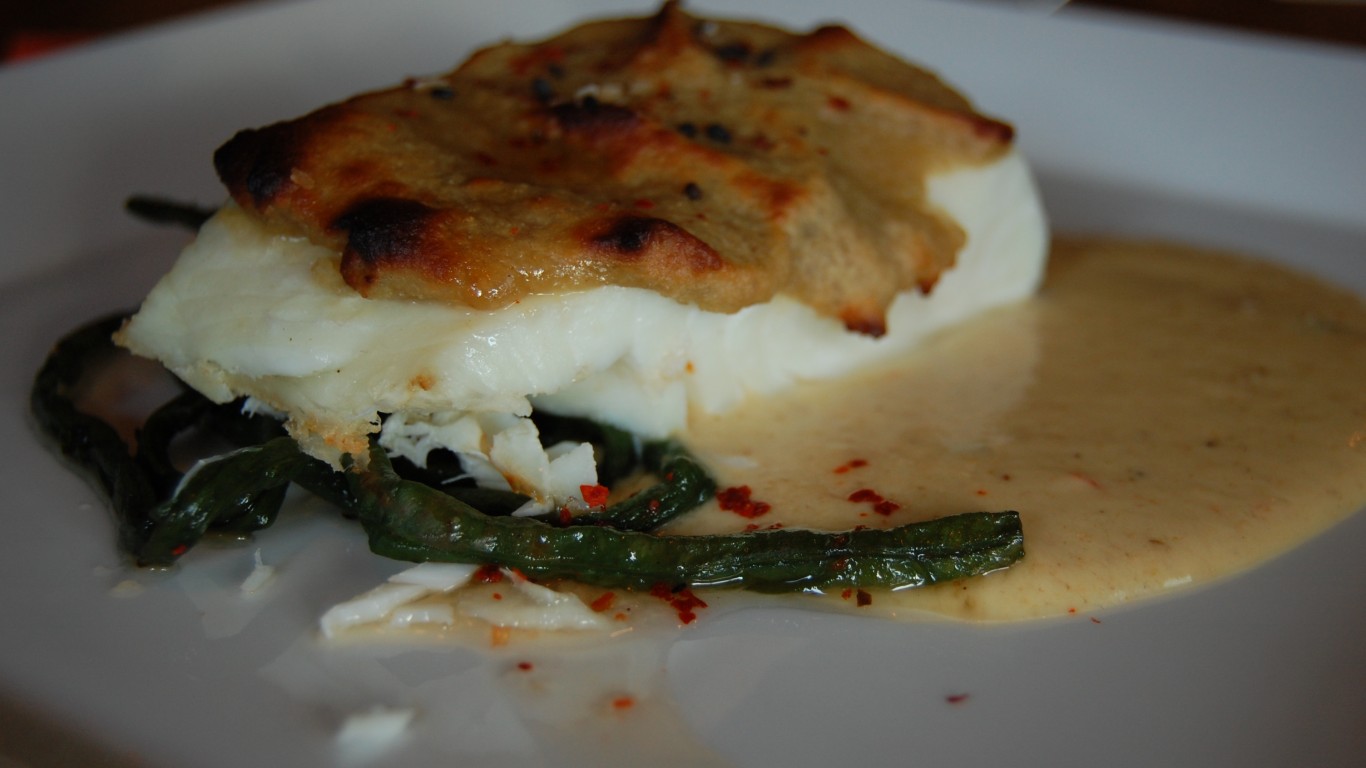

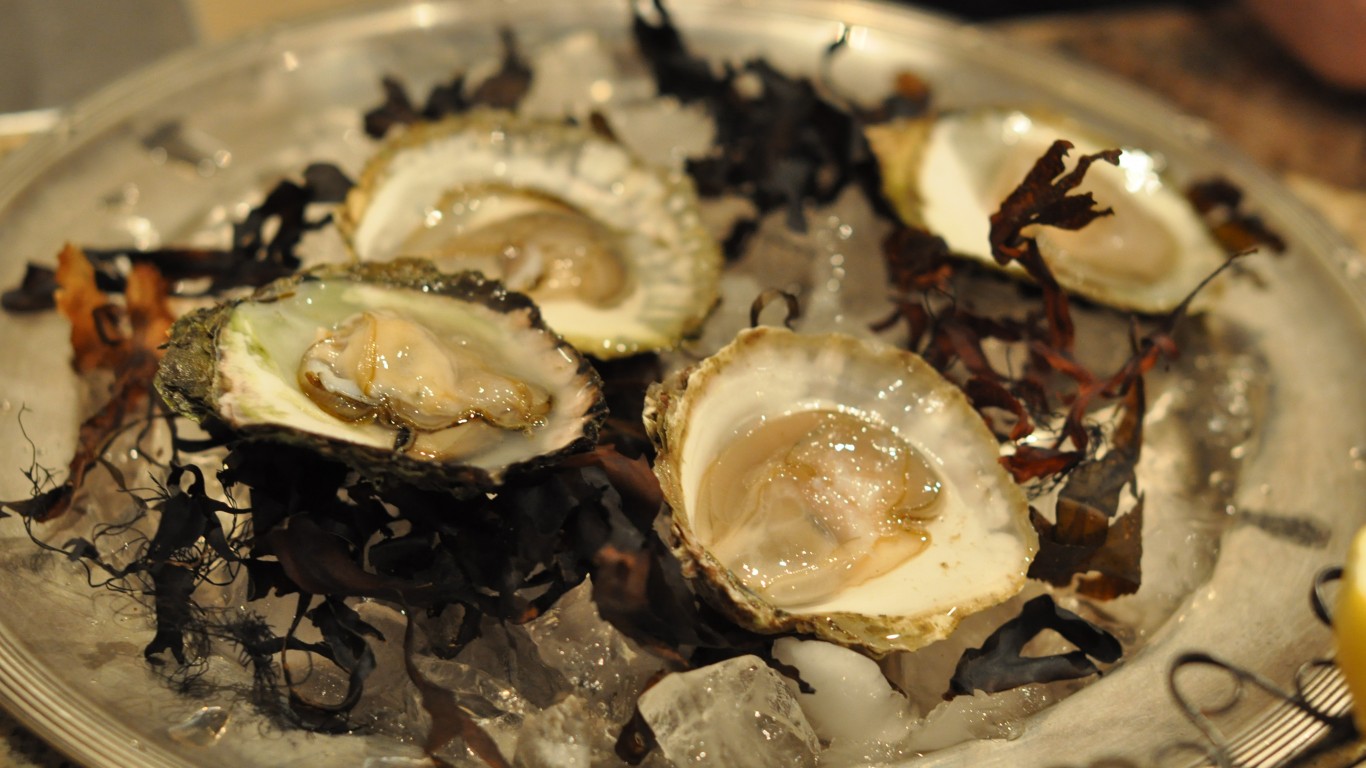
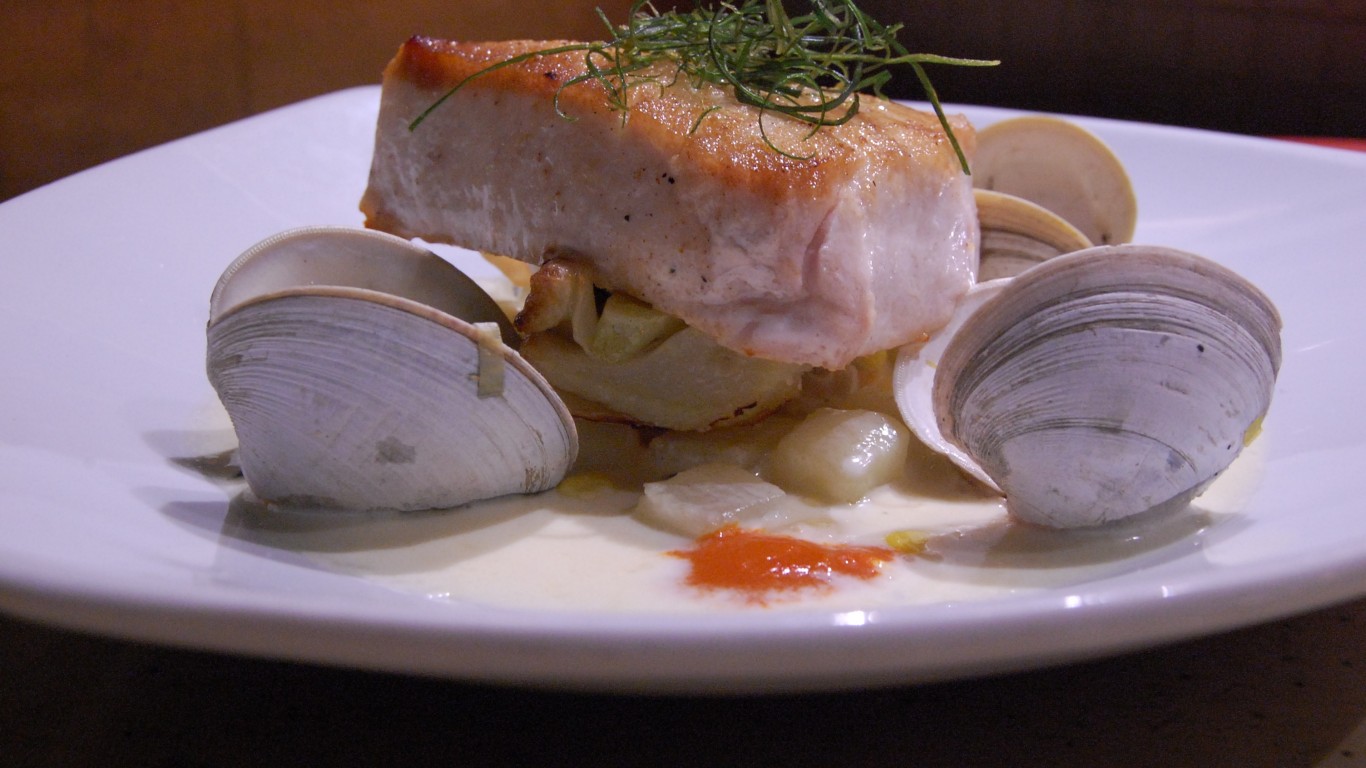
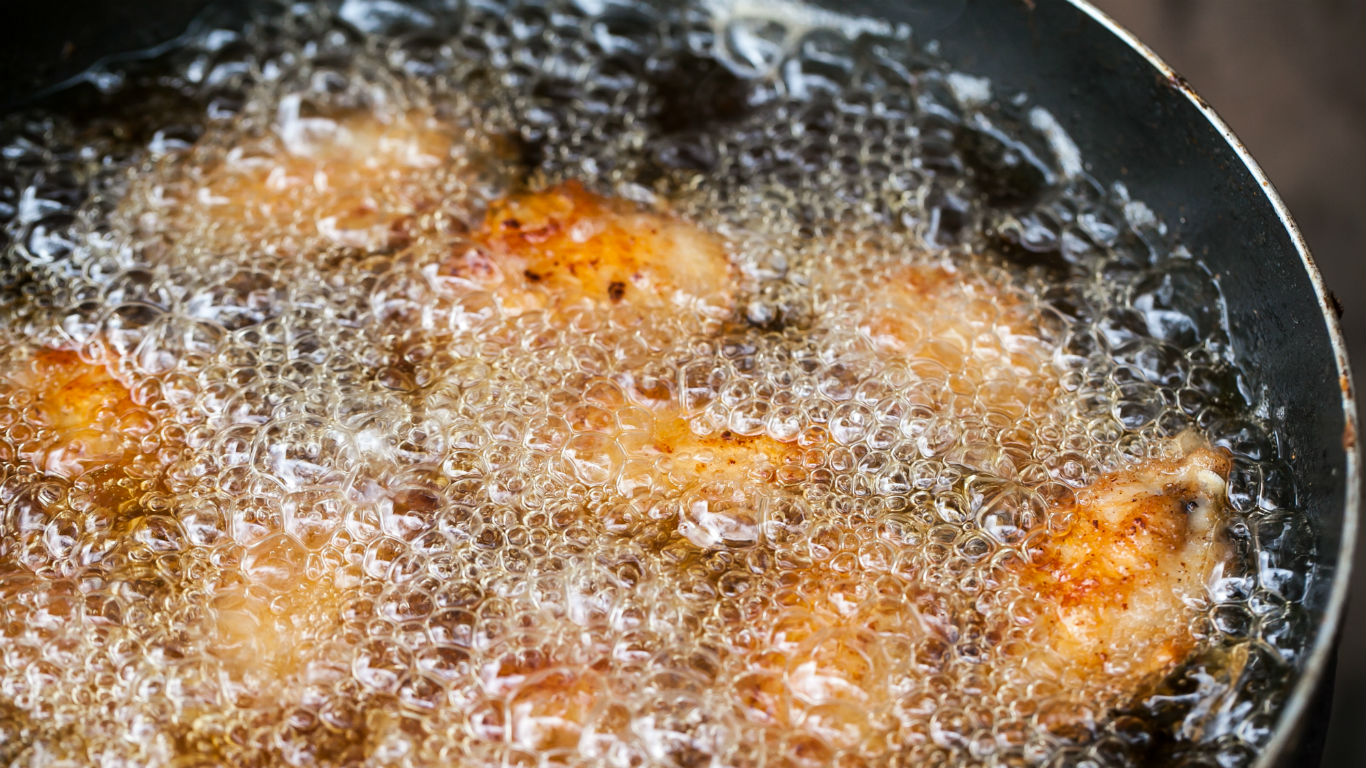 24/7 Wall St.
24/7 Wall St.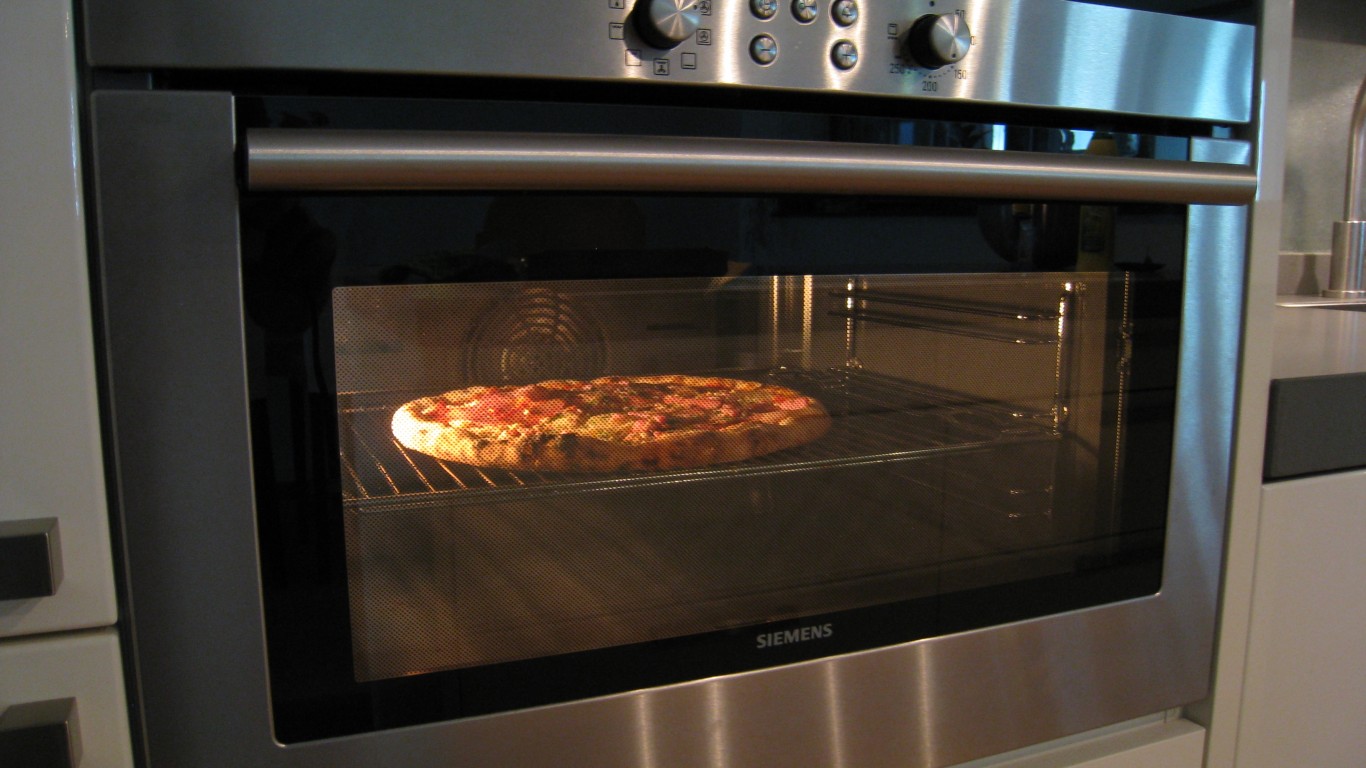
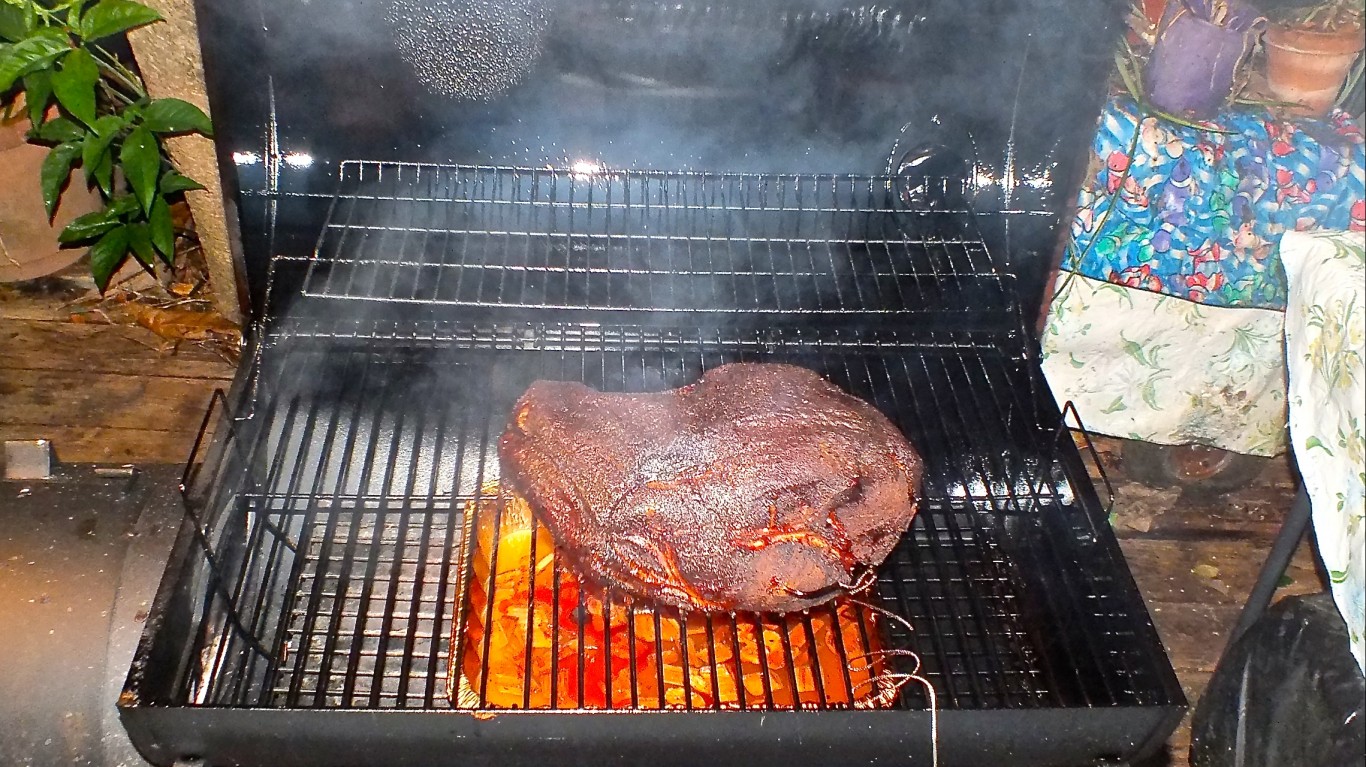

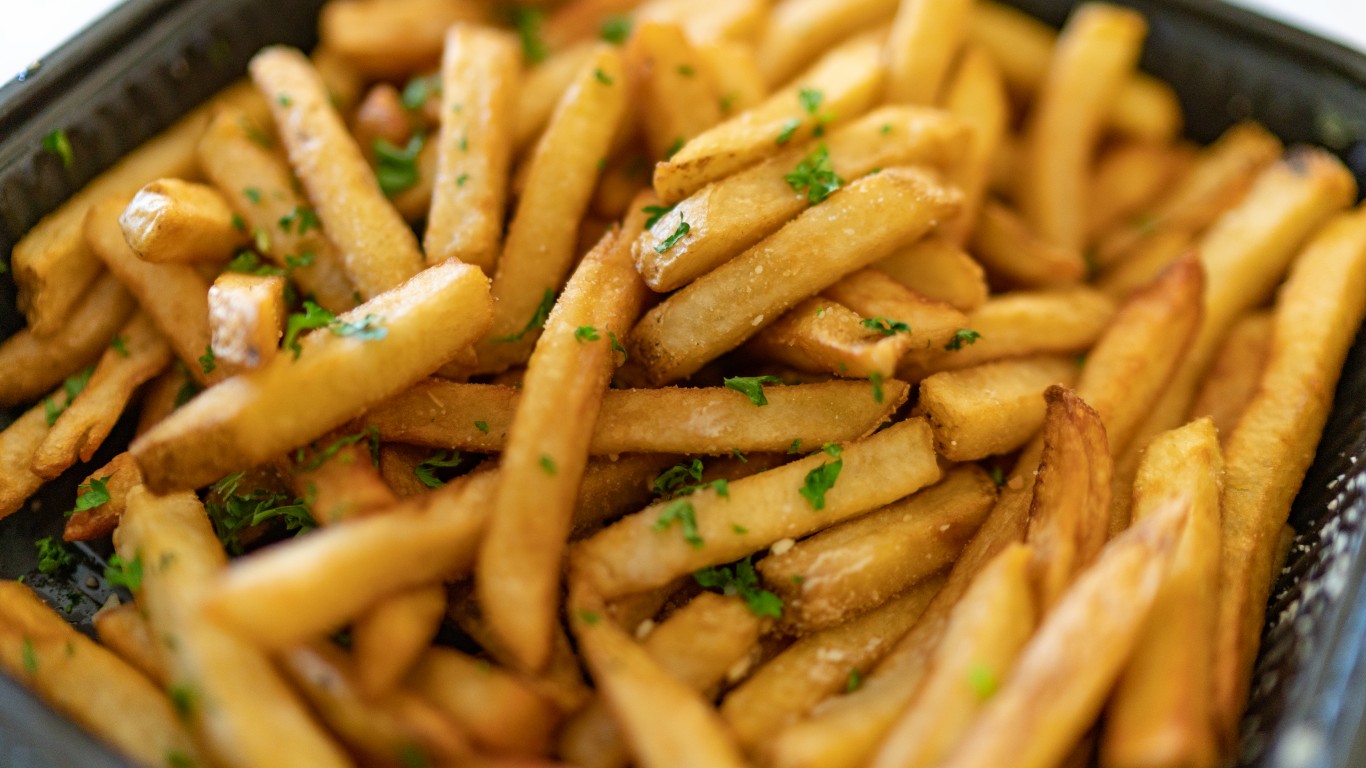
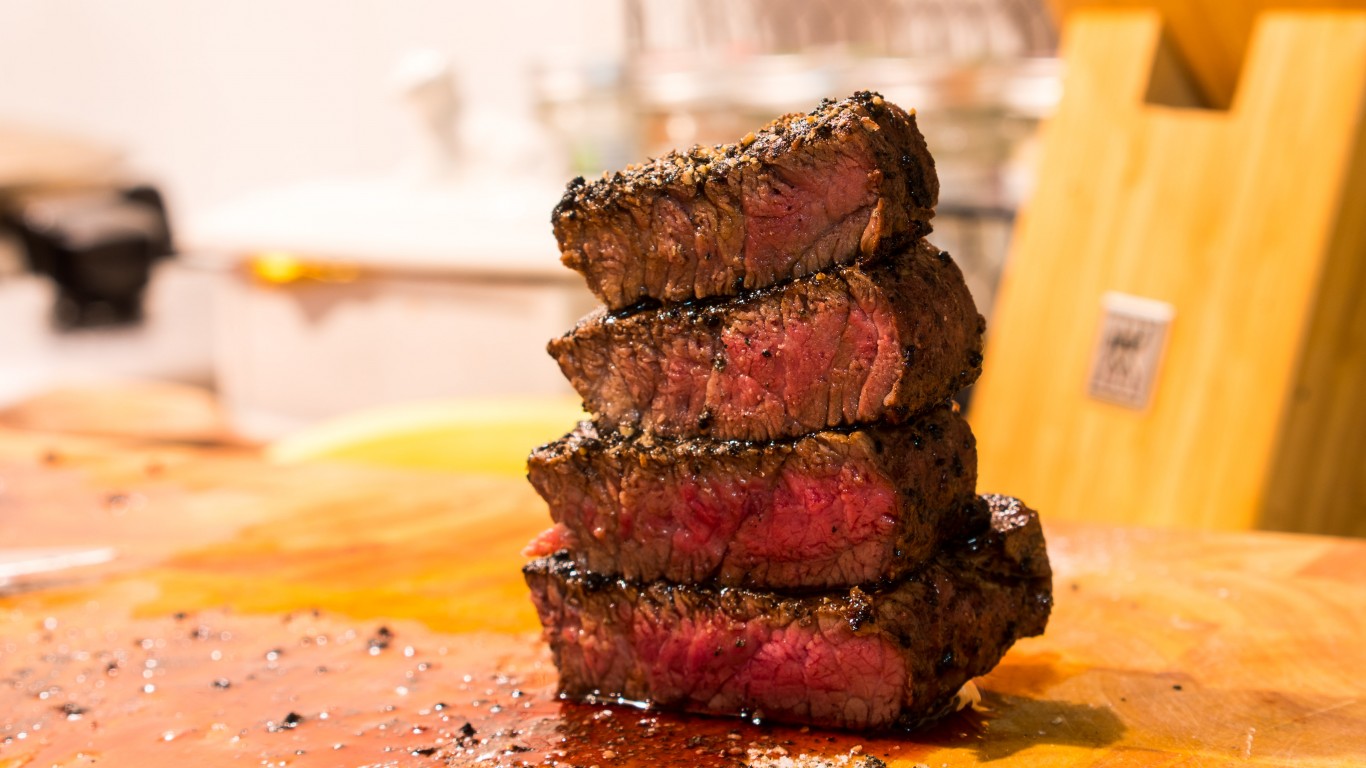
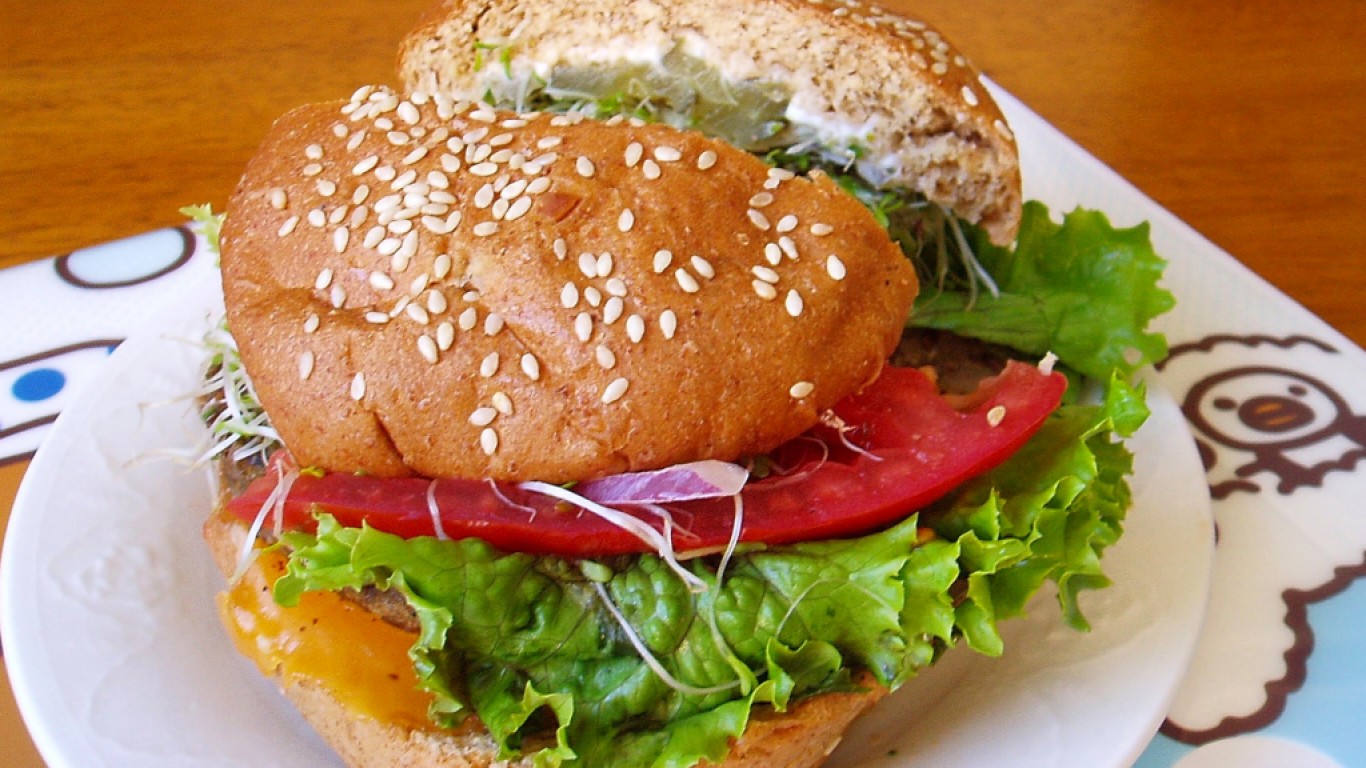
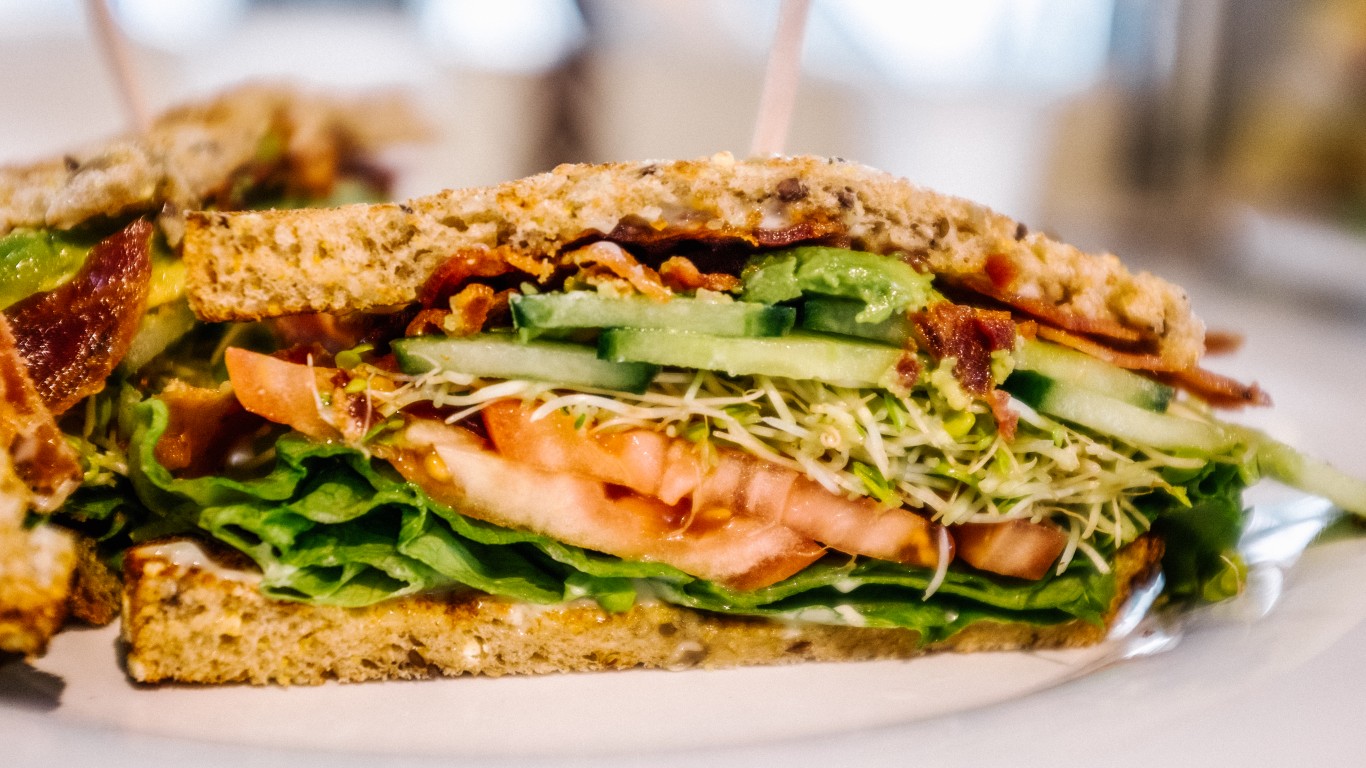
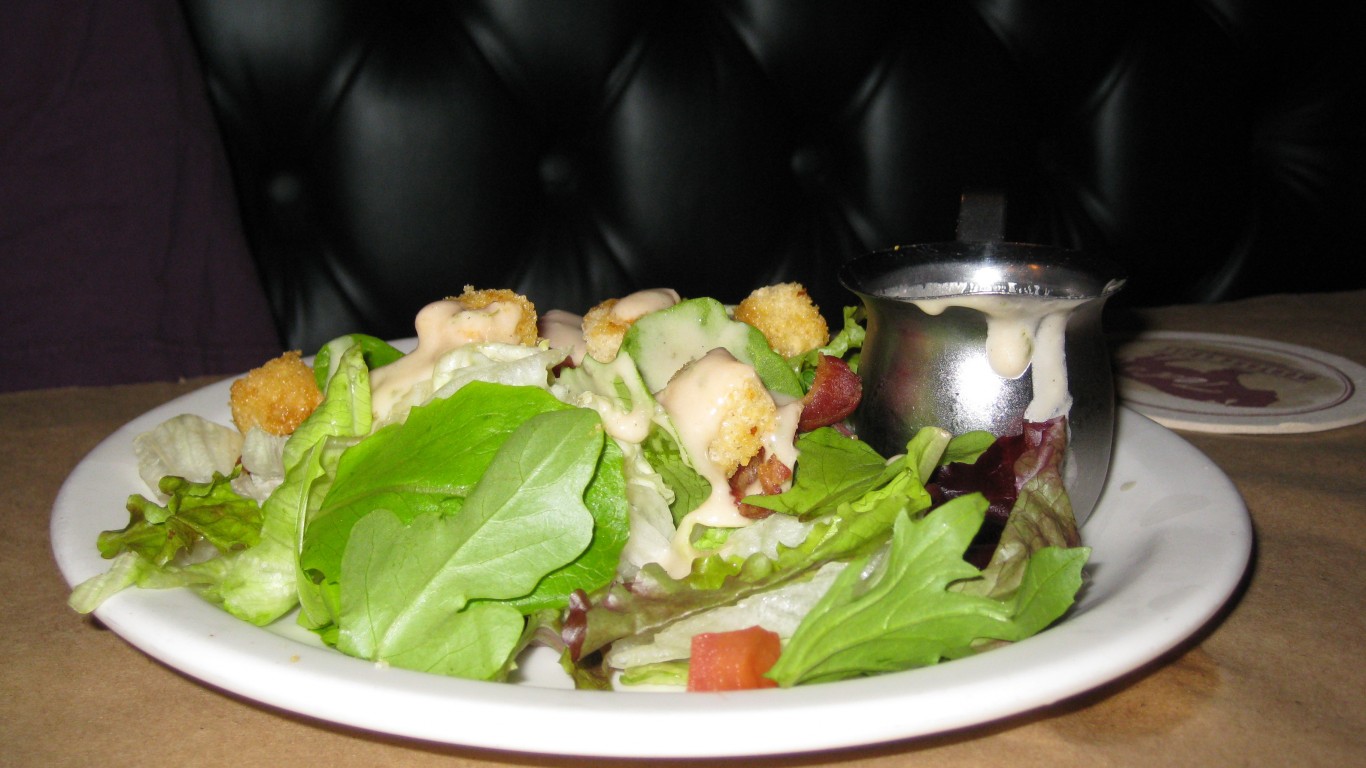
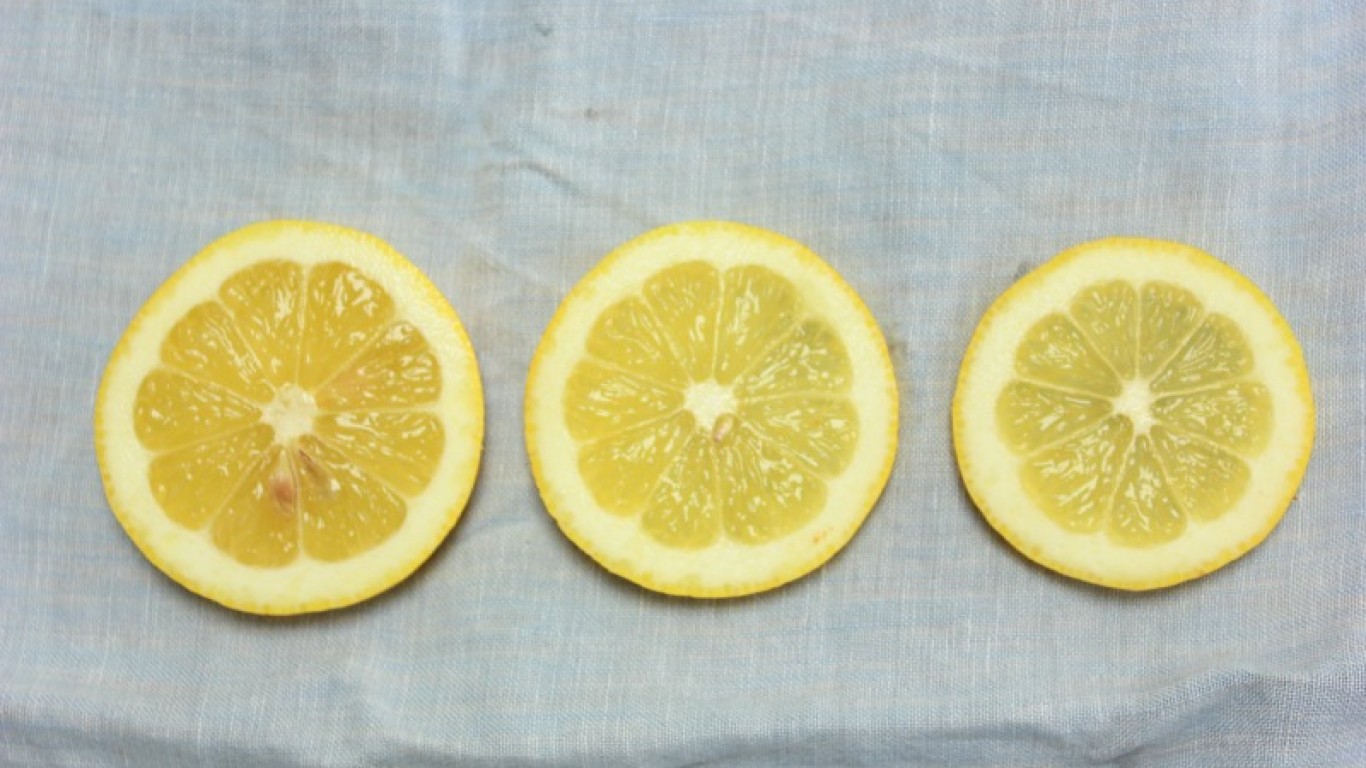
 24/7 Wall St.
24/7 Wall St.